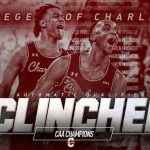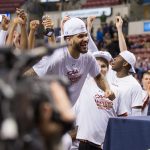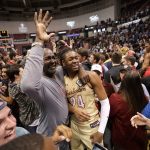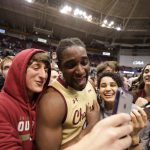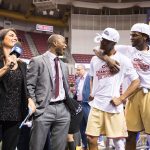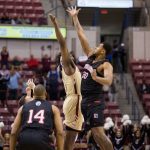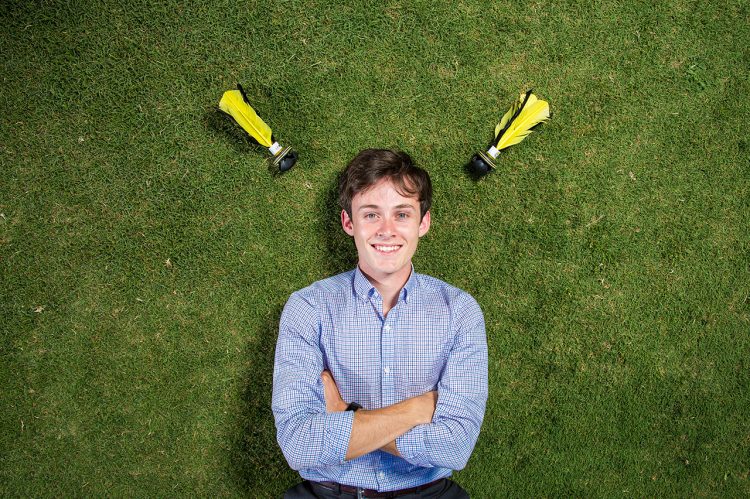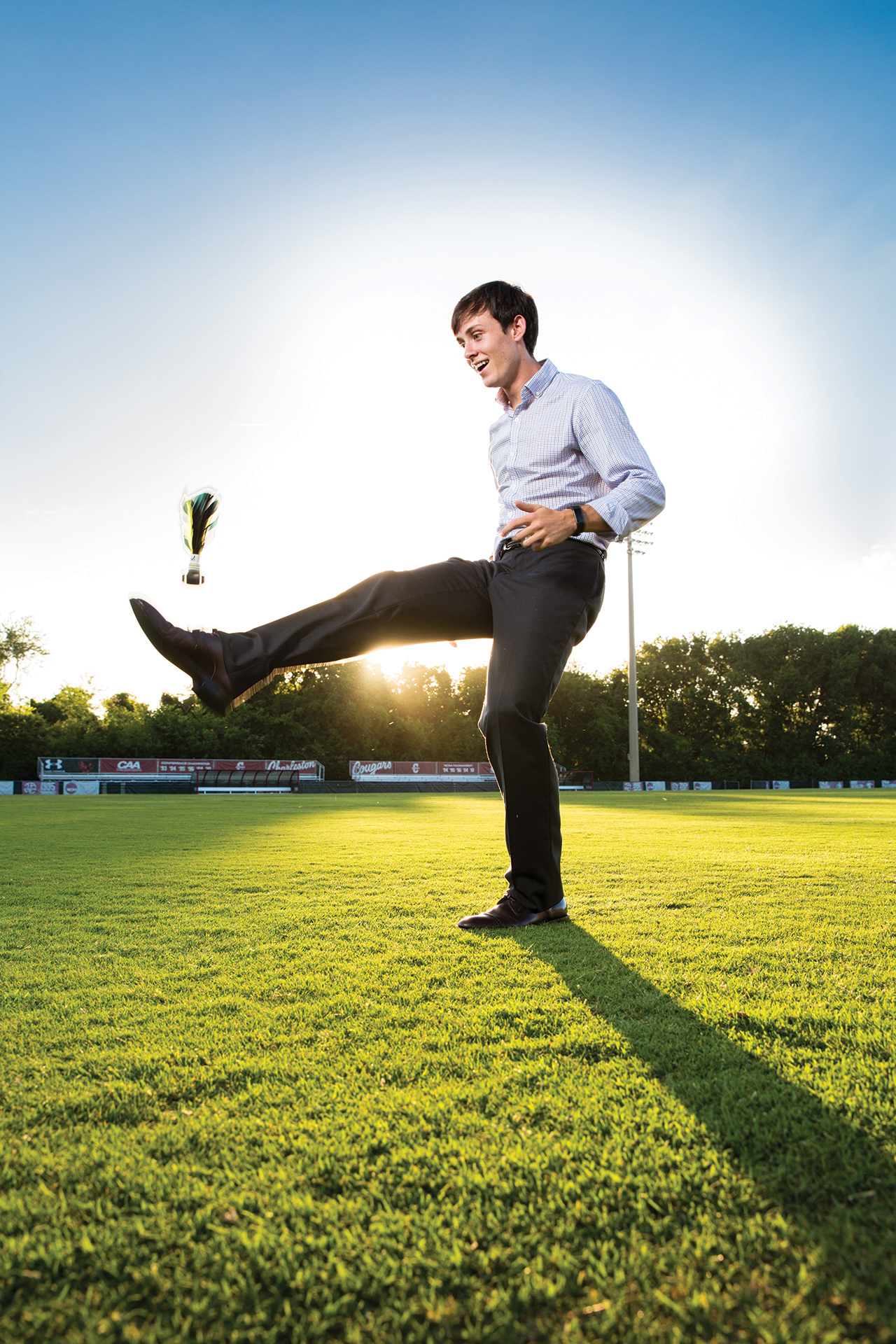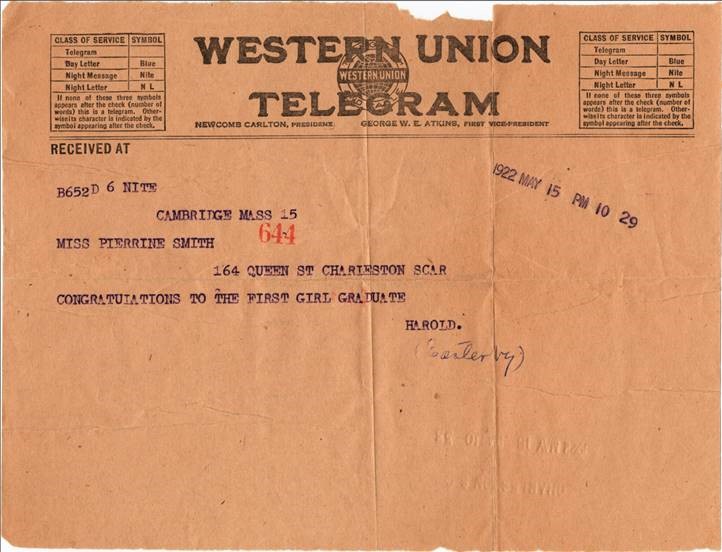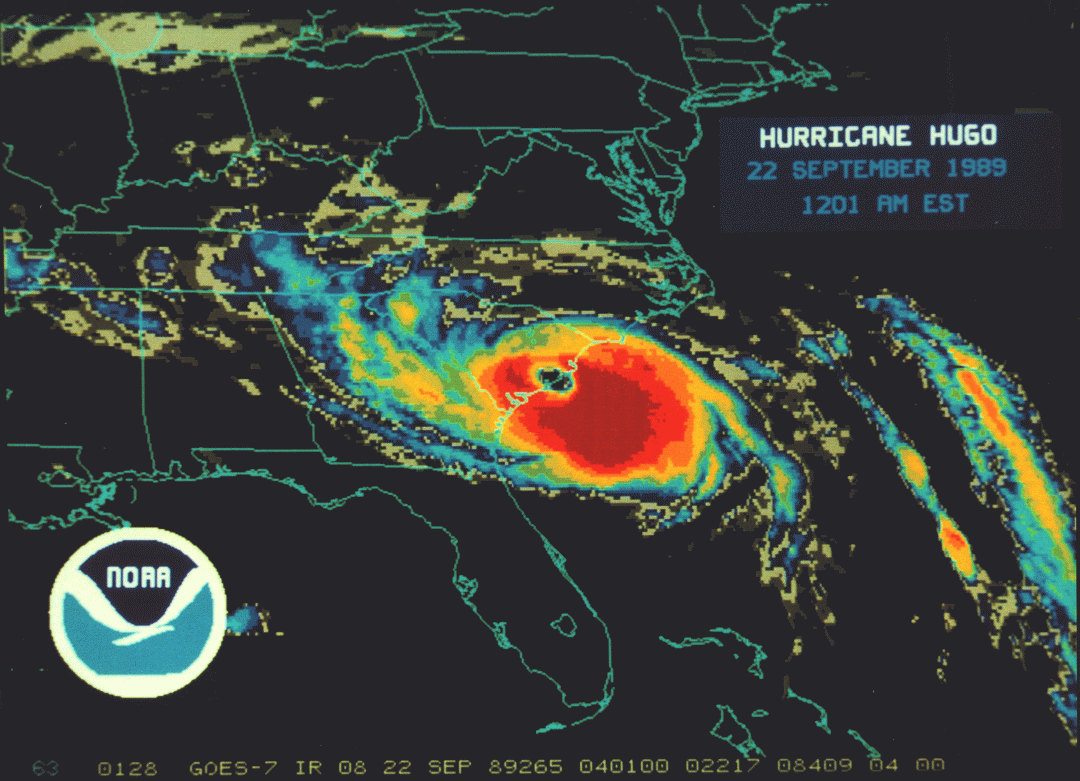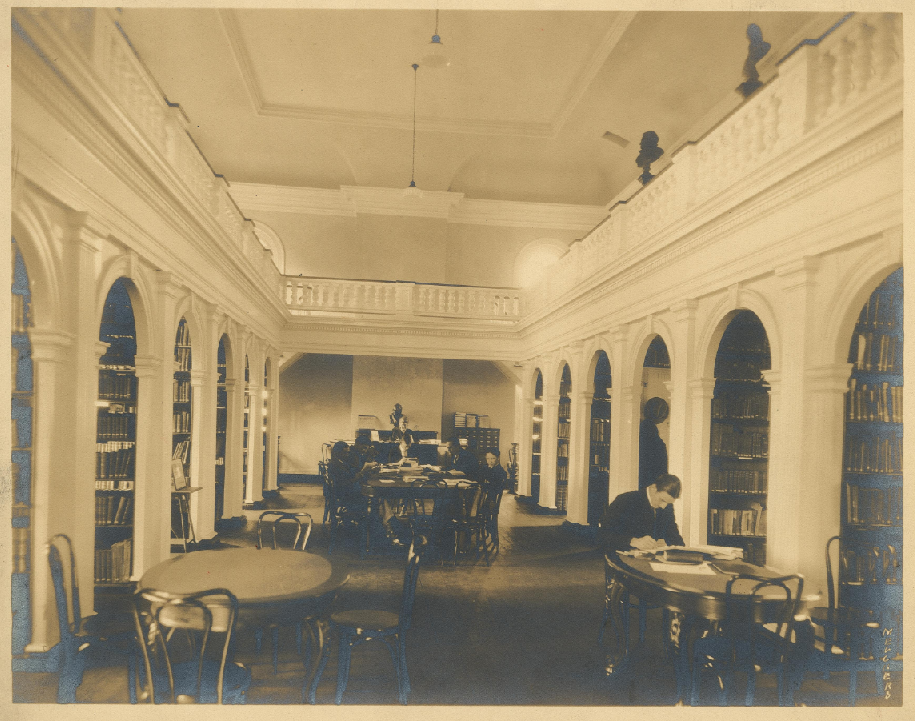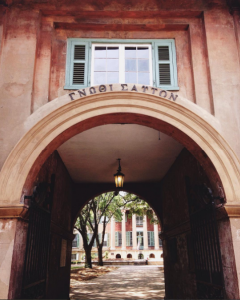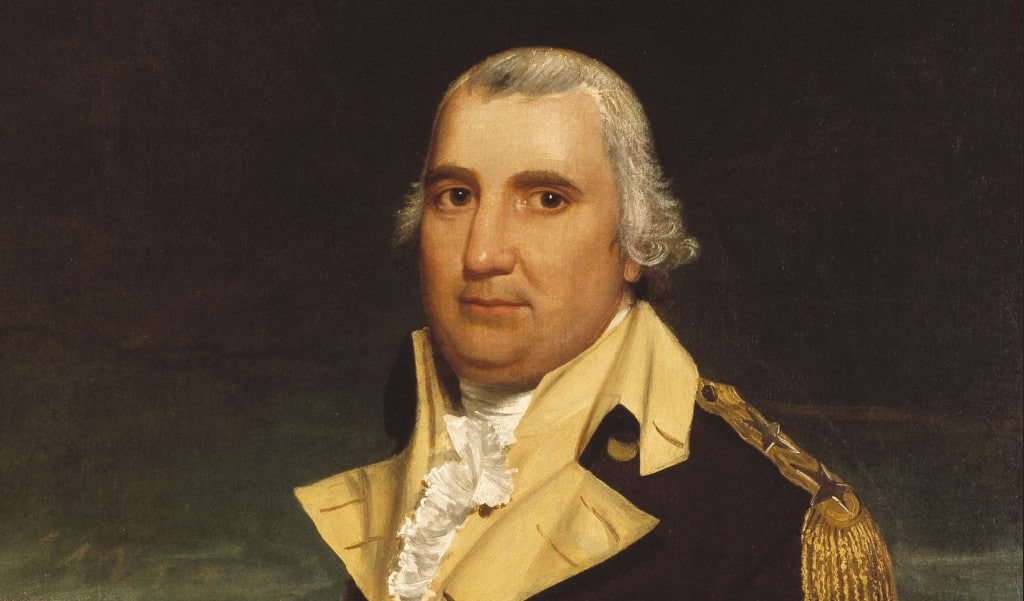I HEART COFC
Wild Times around The Cistern
After working for the NBA in Miami, attending the College during the Goudelock era, and now returning to The Lowcountry to LIVE the LIFE…my expectations were high for this season.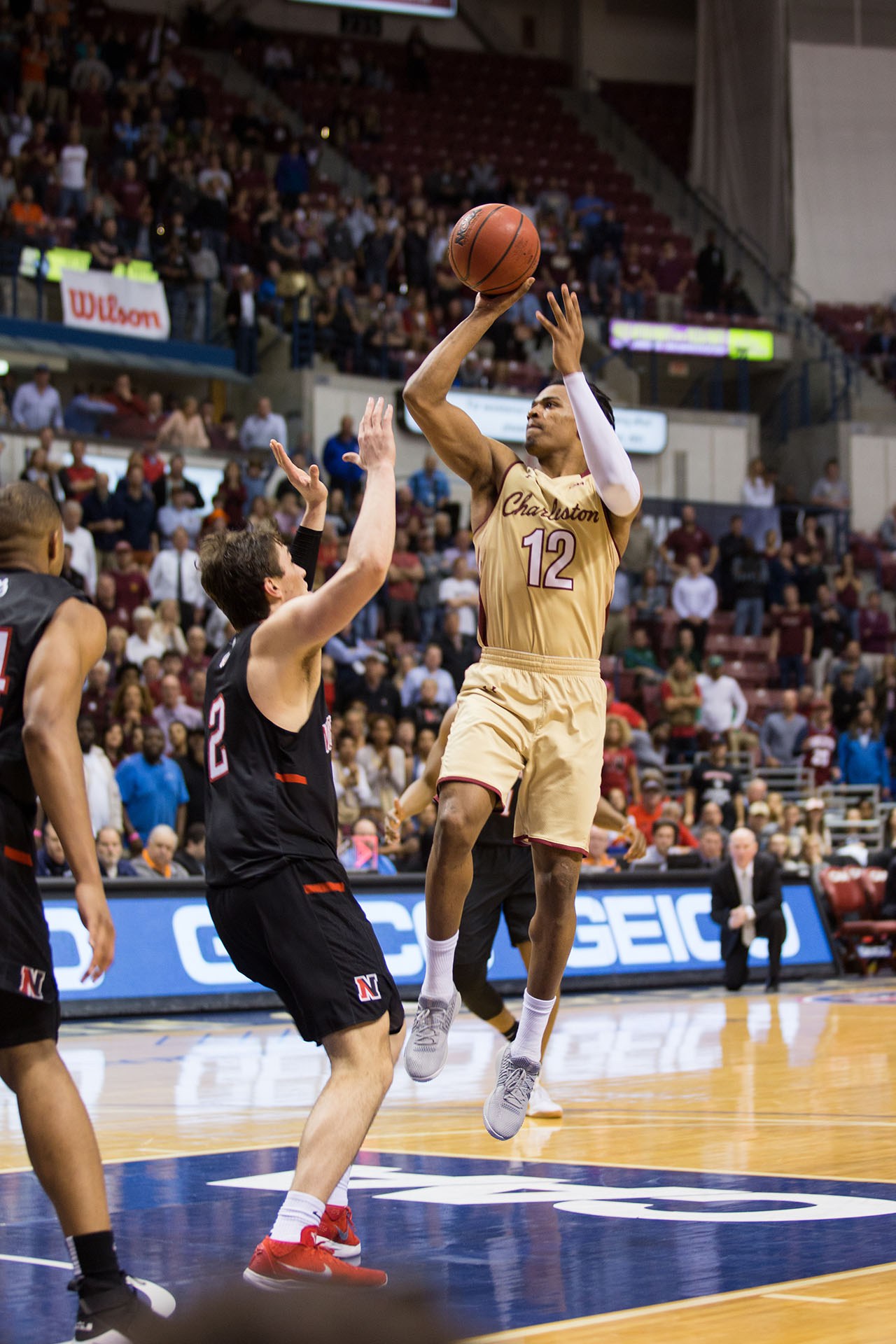
As we all know, Charleston is the ultimate city for growth and opportunity. You have access to a high class education, top notch entertainment, five star food, and endless days catching rays at the beach. These are all amazing options, but they are not to be outdone by COUGAR NATION!
Some attend universities where the level of happiness during the semester, revolves around your football team’s record. At The College, the world is at your fingertips, and the athletics have become icing on the cake. While closing out a long week in the books, you can find yourself among your classmates, at one of the most electrifying atmospheres in the southeast.
Before we embarked on this epic journey, otherwise know as the regular season, I had a chance to meet with our Marketing Director, Jessica Rodgers. She had a clear plan set for our students/ fans to have the best experience possible inside the TD Arena. DJ Natty Heavy and I spoke about crowd interactions, while all of my conversations with Coach Grant were exciting…and promising.
Our first few games were a success, and the buzz was clearly alive in the downtown area. The win streak at home lit a fire within our student body, and encouraged alumni to get involved as well. Cold beverages kept flowing, Home Team BBQ was on deck, and everyone wanted a half-court shot, for a year of FREE Kickin Chicken. With action like this on the peninsula, how could you refuse?!
The energy spread into our final home game vs. the Elon Phoenix. I was on the edge of my seat, with the possibility of closing it out, in front of our loyal fan base. It was a tight one, but with a theme night incorporated, and the crowd on their feet, our team prevailed to become CAA Regular Season Champions.
Now that the confidence was boosted, and our dominance was solidified, there was one more task at hand. If we can pull this off, College of Charleston will be dancing…in March, for the first time since 1999. Basketball alumni around the world will rejoice, and if I have anything to say about it, we’re all rejoicing with them!
North Charleston Coliseum has hosted the likes of Phish, Cirque Du Soliel, Florida Georgia Line, and not to be forgotten, the WWE. While all of these are amazing shows, it was now time to lay the hardwood, and get down to business. Our home court advantage would provide the perfect atmosphere to host the CAA Championships.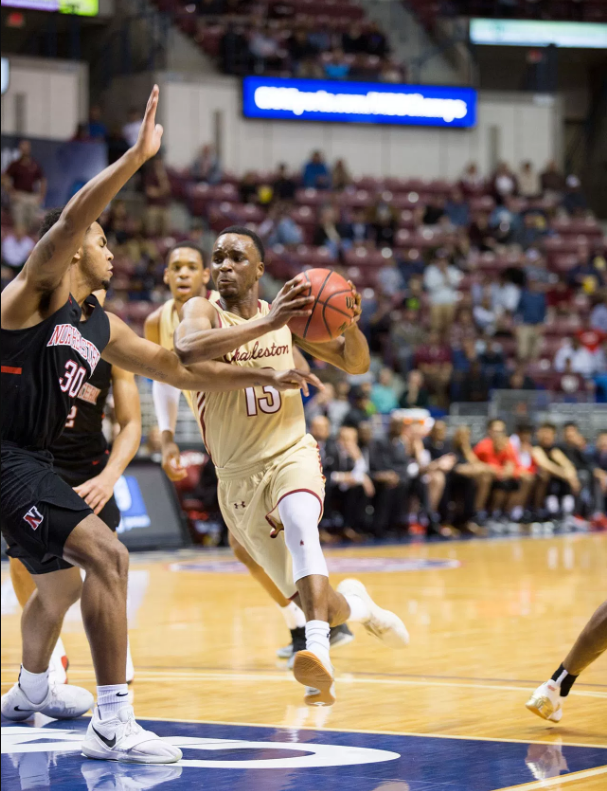
After handling Drexel in the first round, the Cougars defeated W&M despite their skilled set of 3 point shooters and inside dominance. We cleaned house, and it was time to rally the troops for one last shot at the title. Students and alumni across the country made plans to attend what would become a crowd influenced matchup.
On Tuesday night, just before dawn…I met with Dylan Johnson ’16 and Trevor Dovey ’14 in Park Circle. We weighed in on our current situation, with hopes that our fellow classmates would feel our sense of camaraderie. This win could put us over the top, and get the College its much deserved chance to dance.
Tip-off came with the quickness, and ushers had to be on top of their game due to the masses in attendance. I couldn’t help but look into the upper deck, and notice a mob of students ready for battle. The band was rocking, the buckets were dropping, and the crowd was pouring with emotion. We got off to a solid start, but it all seemed too good to be true. Northeastern began mopping the floor with our clearly disconnected team…
At the half, I met Alex DiBiase ’15 on the balcony, and we discussed our situation with a group of current students. A half time speech of our own surfaced, and even though a 17 point deficit seemed nearly impossible to overcome, this was our last moment to spark a new flame into the arena. I looked around our tight knit circle and felt the warmth knowing we were all in this together.
Boom! The second half began and we were off to the races. Our team slowly created a new level of chemistry, and the point differential led us to a last second effort to tie it up. Overtime was electric, and the fans proved their worth while cheering their hearts out… “CO-UG-ARS!”
Clearly there was a boost of enthusiasm, because before I knew it, the clock was winding down, and the Lowcountry rose to a victory of 83-76 in epic fashion. It was a sea of smiles during the celebration, but that’s a guarantee, for all those who “Hail To Thee.” College of Charleston, Hail All Hail!
Congratulations to anyone that made the decision to attend the College Of Charleston. School spirit isn’t always about win or lose, but ongoing support, and the path you choose.
Stephen Pond ’13
Host/MC ESPN, X Games, NBA, Red Bull, Next Glass, California Roots
MURRAY MADNESS
Our Unofficial Second Mascot
You know him. You love him. And what’s better? Bill loves us too!

Actor Bill Murray dances with the College of Charleston mascot during a timeout during an NCAA college basketball game between Charleston and Clemson on Wednesday, Dec. 22, 2010, in Charleston, S.C. (AP Photo/The Post and Courier, Wade Spees) ** MAGS OUT **
Whether you know him as a ghostbuster, the loveable greens-keeper Carl Spackler, the award-winning documentarian Steve Zissou or one of numerous characters on Saturday Night Live, in Charleston we know him as our neighbor and friend. As a local, Bill Murray is often spotted around town – and many people even have a story about him.
One of the oft-told stories goes like this: Bill Murray walked up to your table at lunch, took a French fry off your plate, ate it and said, “No one will ever believe you.” My story goes like this: I was a post-grad living in Charleston enjoying an after-work glass of wine at Bin 152 on King Street, when Bill Murray picked up a woman, threw her over his shoulder and walked out of the neighborhood bar. An odd sight indeed.
What I appreciate most about Mr. Murray is that he continues to be involved in Charleston. He’s not only a part owner of the Charleston Riverdogs, our minor-league baseball team – he also carries the title of the team’s “director of fun.” He’s willing to hop into music videos being filmed in downtown. He’s happy to join a couple’s engagement photos at the Old Exchange on Broad Street. He’s even bought and then gave away all the tickets to a show at the Charleston Music Hall.
But most importantly, he loves College of Charleston basketball.
I’ll never forget meeting him when I was a sophomore watching a CofC basketball game in the old Johnson Center on George Street. It’s not unusual to see him at a game, though. You could almost say he’s a regular. And he’s definitely a big fan.
If we had to characterize the roller coaster of emotions that every Charleston basketball fan felt Tuesday evening, it could be summed up in watching the legend himself cheer teary eyed at the 13-point comeback and ultimate W presented by our men in maroon.
It’s incredible to see the passion and joy he shows for a school he has nothing but love for, simply because it’s Charleston’s college. Its hometown school. Its hometown team.
And after 19 years of waiting, I fully expect to see Mr. Murray dancing with us every step of the way.
Bill Murray taking in #MarchMadness! 👀🙌pic.twitter.com/TiNNT4HLz2
— NCAA March Madness (@marchmadness) March 7, 2018
NEWS FROM THE BRICKS
The Return of March Matchness
As Cougar Nation rallies around a phenomenal men’s basketball season, the College of Charleston’s Annual Giving Office prepares for a full-court-press of its own.
On March 1, 2018, the College restarts its March Matchness fundraising campaign. Playing off one of CofC’s celebrated athletic teams, March Matchness takes place throughout the month of March, reaching out to both alumni and families to support the College and its future through its annual giving funds.
To do so, March Matchness is rallying the CofC community to give to either the College of Charleston Fund or the Parents’ Fund. Together, these funds make a direct impact on student scholarships and student programming, as well as faculty and alumni networking opportunities. By doing so, they enhance the College of Charleston experience today and in the years to come. To donate, visit the March Matchness giving page.
“The Cougars are on a roll this season,” says Laurie Soenen, the College’s director, Annual Giving Programs, referring to men’s basketball’s winning streak that has the team poised to go to the NCAA for the first time since 1999. “What better way to show your Cougar spirit than to walk the walk by supporting all Cougars?”
Alumnus and parent Johnnie Baxley ’92 has created even more incentive to show your Cougar spirit with a matching gift challenge.
“If enough alumni and parents pledge to make a gift to either the CofC or the Parents’ Fund by midnight on March 31st, I will personally match these gifts with a $10,000 donation,” says Baxley.
That’s worth cheering for.
Join in and make your gift now! Visit giving.cofc.edu/MarchMatchness
From The College Today, written by Maura Hogan.
CofC ATHLETICS FEATURE
CHARLESTON SWEEPS GEORGIA
MT. PLEASANT, S.C. — Luke Manzo (Marietta, Ga.) delivered a go-ahead, two-out, two-run single in the eighth, and Carter Love (Charlotte, N.C.) tossed four shutout innings to earn the win, as the College of Charleston baseball team rallied for a 6-4 win over Georgia on Sunday to complete the first series sweep against a Power Five school in program history.
The victory pushes the College of Charleston’s (10-2) win streak to seven games, and ties the Cougars for the second-best 12-game start to a season in program history. Charleston plated six runs on 10 hits – four of them for extra bases – while scoring four of its six runs with two outs. Georgia (7-4) pushed across four runs on six base knocks.

Joey Mundy (Huntington, W.Va.) paced the offense with a 3-for-4 effort, scoring two runs and driving in another, as Tommy Richter (Wayne, Pa.) and K.J. Bryant each collected a double as part of a two-hit day. Riley Knudsen (Cabot, Ark.) launched a game-tying two-run home run to right in the fifth.
Mundy and Manzo provided the key hits in the eighth, with Mundy driving in Richter to tie the game before Manzo singled home Mundy and Bryant to give the Cougars the 6-4 lead – their first of the day.
Jakob Frishmuth (Myrtle Beach, S.C.) last five innings, allowing four runs on five hits and striking out five in a no-decision. Love entered in the sixth and shut the door with four scoreless innings, surrendering just one hit and striking out two to earn his second win of the season. The senior right-hander has now posted 14 consecutive scoreless innings to start the campaign, and is tied for second on the program’s all-time appearances list with 78.
Cam Shepherd led the way for Georgia with one run and two RBIs in a 2-for-4 effort. Keegan McGovern went 1-for-3 with a run scored and one RBI, as Aaron Schunk also drove in a run. Chase Adkins pitched four and one-third innings, allowing three runs on five hits and striking out three.
Ryan Webb surrendered three runs on four hits and struck out five in three and one-third to take the loss; Zac Kristofak recorded a strikeout to end the eighth after giving up the go-ahead single to Manzo.
Catch up on this story and others at CofCSports.com.

